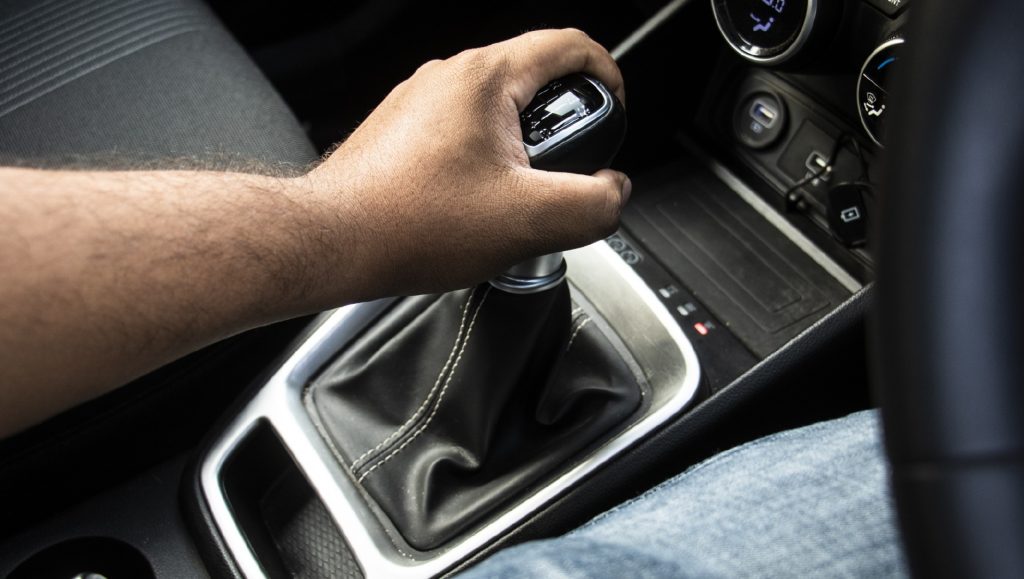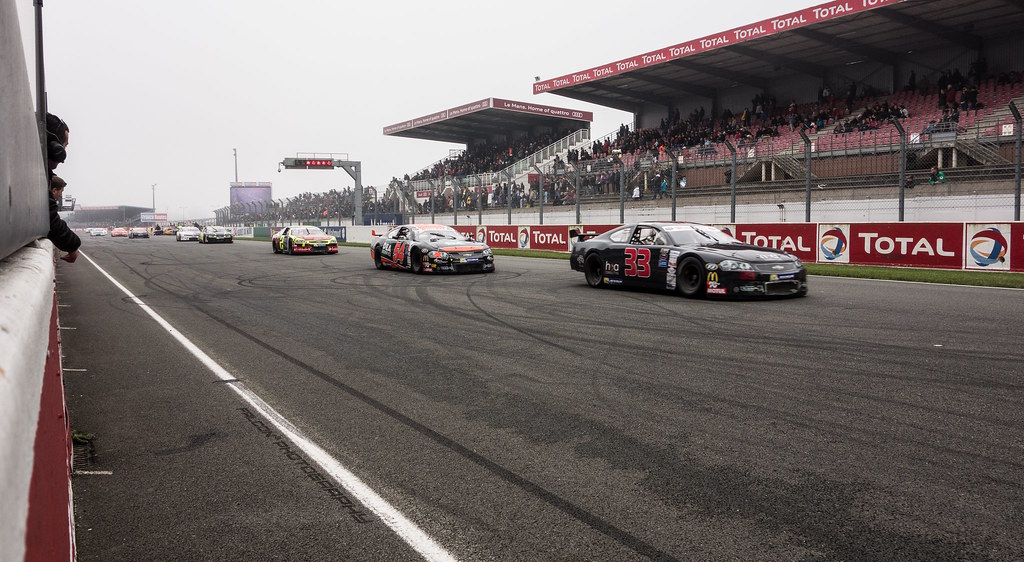Contents
– Mechanical gearbox: definition
– Operating principle of a mechanical gearbox
– manual gearbox
– automatic gearbox
– continuously variable transmission (CVT)
– semi-automatic and dual-clutch transmission
– Advantages of a manual gearbox
– Disadvantages of the mechanical gearbox
Historically, the mechanical gearbox was the first type of transmission to appear. It began with a single gear ratio in the 19th century and now has as many as six. In general, this device makes it possible to multiply the engine torque by reducing its speed of rotation at the driving wheels to adapt torque to the vehicle’s needs, particularly when climbing a slope.
What is a mechanical gearbox?
A mechanical gearbox is part of the transmission system. It has several gears, usually between 5 and 6, located between the engine and the drive wheels. It also integrates the axle with a differential that allows the inside and outside drive wheels to turn at different and appropriate speeds when cornering.
Note: In all-wheel-drive vehicles, a transfer case is added to route power to the other drive axle.

The driver controls this robust and straightforward system via a lever (as illustrated in this picture) that allows him to select a transmission ratio according to the load being transported and the desired acceleration and speed.
Indeed, the overly variable torque of a combustion engine must be constantly adapted to the vehicle’s needs. On the other hand, it can also reverse the direction of rotation of the drive wheels to ensure reverse gearing.
Caution: when the vehicle is stationary or parked, the driver selects neutral where no gear is engaged.
Operating principle of a mechanical gearbox
1. In a manual gearbox
A transmission ratio is achieved in a manual gearbox by driving a pair of spur or helical gears of different diameters. It preserves the power but increases or decreases the engine torque. In other words, the faster the engine runs and the slower the vehicle moves, the more torque is available to the drive wheels. This is typically the case for takeoff in first gear.

At intermediate speeds, the vehicle’s speed may increase, while the torque at the drive wheels decreases, as does the acceleration.
2. In an automatic gearbox

In the final gear, in drive, or most often overdrive, the drive wheels’ speed is equal to or greater than that of the combustion engine. This 5th or 6th gear is calculated so that the vehicle reaches its maximum speed corresponding to the full power of the internal combustion engine, except on economy models.
3. Continuously Variable Transmission (CVT)
The CVT offers a similar driving experience to an automatic transmission but operates on a completely different mechanism. The CVT has no gears and instead relies on a system of belts and pulleys to generate an infinite number of ratios. The car’s computer determines how to move the pulleys to produce the best gear depending on the situation.
4. Semi-automatic and dual-clutch transmissions
This is a hybrid between a fully automatic transmission and a manual transmission. A semi-automatic transmission uses a mechanical arrangement similar to that of a conventional transmission, but it uses a pneumatics system and actuators to shift gears. There are separate clutches for odd and even gears in a dual-clutch transmission (DCT), which allows for rapid gear changes (when urgently overtaking, for instance). These transmissions can usually be operated in fully automatic mode or manually using steering wheel paddles.
Information to retain: Semi-automatic and DCT transmissions offer peak performance with lightning-fast shifts that a pure manual transmission cannot match.
Advantages of a mechanical gearbox
The mechanical gearbox has many advantages. This is why it is still the most widely used gearbox in the world. Here are its main benefits:
– 100% mechanical, its well-known technology is therefore robust;
– mass-produced, it is economical to buy and to maintain (relatively easy to repair);
– compact and relatively light, its performance is outstanding (low fuel consumption);
– easy, if you know how to drive with a manual gearbox, you will have no trouble driving with an automatic gearbox, but not the opposite!
Disadvantages of the mechanical gearbox
Perfection does not exist! The manual mechanical gearbox has undergone various evolutions overtime to erase some of its defects:
– a tedious use when starting on a hill and in urban traffic (mainly because of the left foot clutch);
– manual steering that is not always obvious, especially when starting or changing gears quickly;
– not always ideally functioning because of the outside temperature, with hard points or cracking, especially in winter;
– slow but inexorable wear, especially in urban use.
Good to know: Don’t forget that, like any lubricated mechanical part, the oil must be replaced at regular intervals (5 years maximum) or according to a specified mileage (100,000 km, for example). This can vary depending on the manufacturer and especially the type of route taken.

